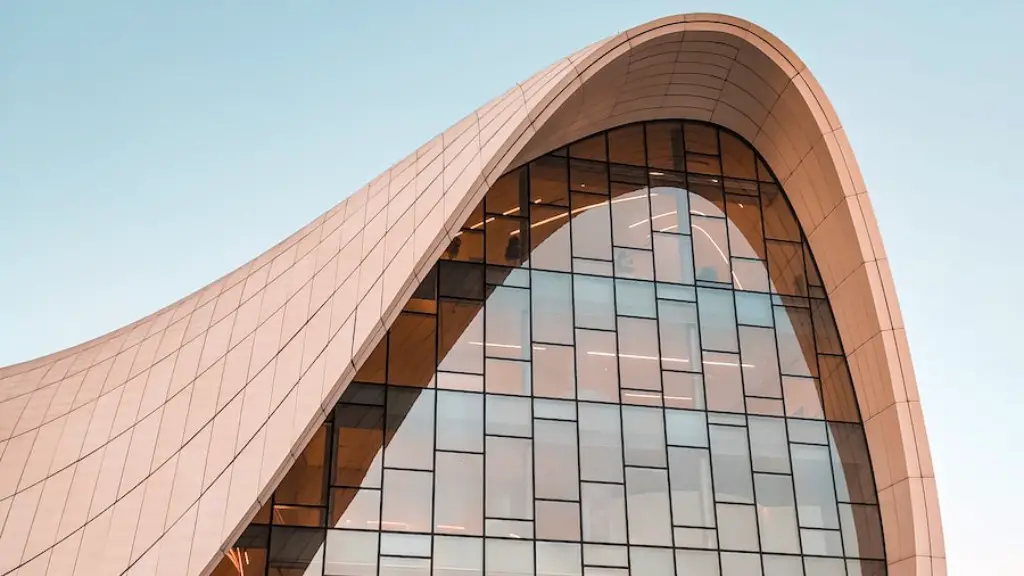Overview
The historical style of architecture can be traced back for thousands of years, carrying with it a legacy of structure and technique that has been adopted, adapted and refined over the centuries. In its simplest form, historical architecture refers to the way buildings were constructed in different time periods, highlighting characteristics that defined a particular style. However, the historical style of architecture is also a reflection of the cultural and economic climate of the time period in which it was built – with intricate details, features and symbols of the power and status of the architect and those who lived in the structure.
Roman Legacy
Roman architecture made a huge impact on Europe and the Middle East that can still be seen today in modern cities. The legacy of this period can still be seen in households, public buildings and monuments throughout Europe. Famous examples of this style are the Colosseum in Rome, the Baths of Caracalla and the Pantheon. The structural progress made by the Ancient Romans had a large impact on architecture and engineering in the modern world. Much of the techniques and construction used at that time was ahead for its time, such as the use of the arch and of vaulted spaces to make buildings more resistant to seismic activity.
Gothic Style
The Gothic style came to prominence in the Middle Ages and is still seen in the architecture of churches, universities, castles and cathedrals across Europe and beyond. This style of architecture was characterized by pointed arches and ribbed vaults and flying buttresses, which allowed for much taller structures than with previous designs. This movement also advanced the use of stained glass windows, grotesques and spires, which set Gothic buildings apart from others. Perhaps most importantly, the Gothic style allowed for a more light-filled internal space, which was great for creating a more spiritual atmosphere.
Baroque and Rococo
Baroque and Rococo architectural styles originated in the 17th-century and continue to influence modern architecture today. Baroque style focussed on the use of dynamic elements such as curved shapes, asymmetrical motifs, elaborate decorations and strong lighting to create an atmosphere of grandeur. Rococo style is similarly known for its ornate designs and delicate decorations, but used softer lines and pastel colours to create a more relaxed, yet still grand atmosphere. Both of these styles combined traditional elements of classical architecture with newer, more dynamic designs.
Neoclassicism and Romanticism
In the late 18th and early 19th centuries, the emergence of the neoclassical and romanticist movements changed the way in which architecture and design were viewed. In neoclassicism, the focus was on the use of classic materials and structure with an emphasis on symmetry and structure rather than artfulness. Human emotion and nature also gained prominence in romanticism; designs favoured curved lines and the use of natural colours in order to create a sense of harmony and peace.
Modernism
The modernist movement emerged in the late 19th and early 20th centuries and focused on the use of industrial elements and materials. This style of architecture was far more minimalistic and stripped back than previous historical styles. The most notable feature of the modernist style is the use of lines, often very geometric and straight, in order to allow the building to ‘speak’ for itself. Glass and steel were most often used as the primary building materials, and they are still used in modernist designs today.
Postmodernism
Postmodernism moved away from the minimalism and austerity of modernism and allowed for more colour and complexity in architecture. As a response to the public’s growing disillusionment with modernism, it focused heavily on the use of decorative elements and colours, as well as the blending of different architectural styles and structures. This often resulted in structures that were both visually stimulating and unconventional, while still conforming to the norms of the time. Postmodernism is still seen in architecture around the world today.
Contemporary Styles
Contemporary styles of architecture have drawn from elements of different periods and styles throughout history. The focus of today’s architecture is on sustainability and the environment, as well as on creating aesthetically pleasing designs that reflect the personality and culture of their owners, be it a home or a business. Contemporary styles of architecture still utilise the same building techniques that have existed hundreds of years, but the focus is on modern materials, energy efficiency and cost-effectiveness. In addition, CAD software, robotics and other advanced building technologies have all helped to shape modern architecture to create a greater range of possibilities.

